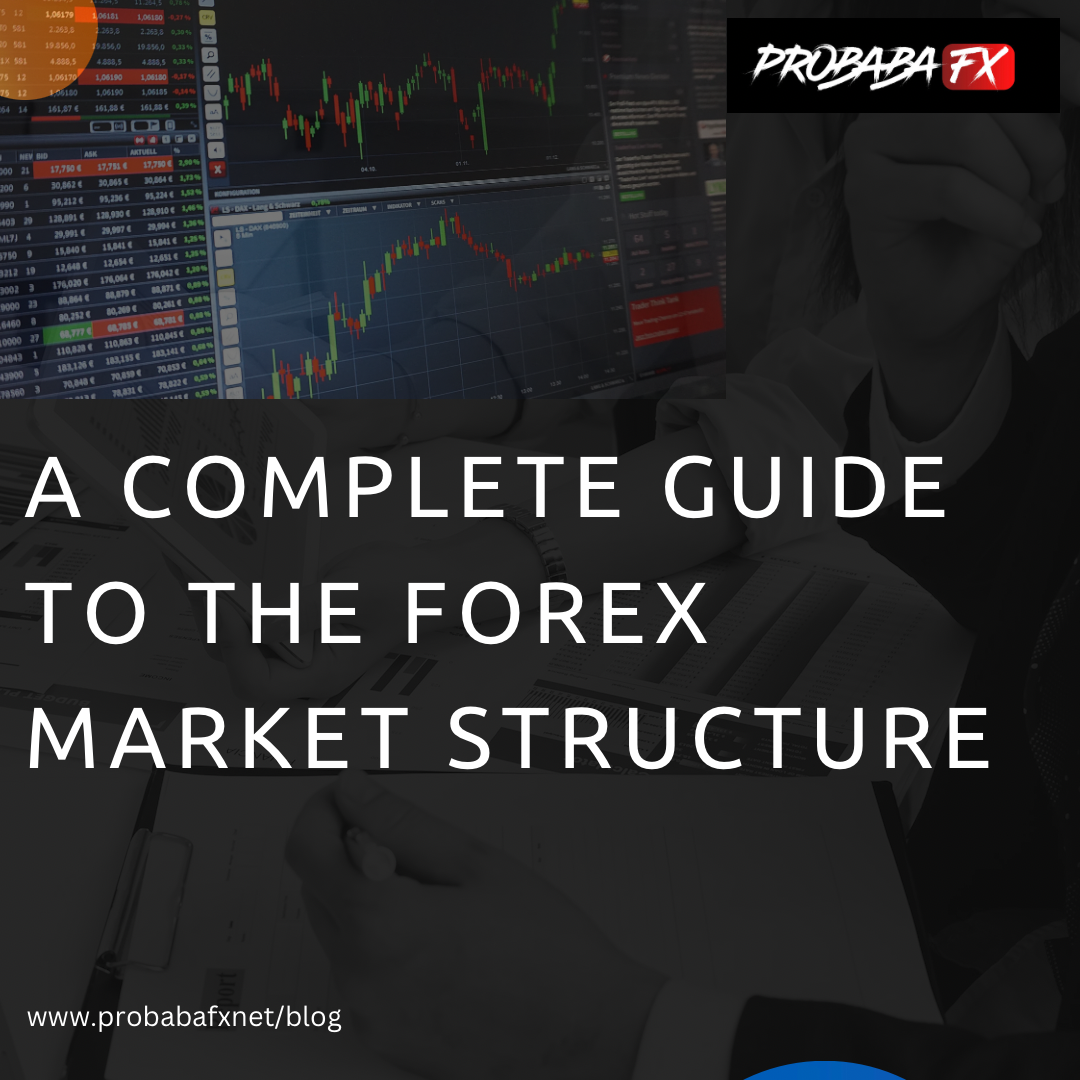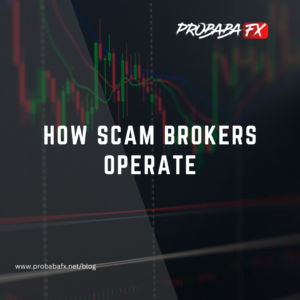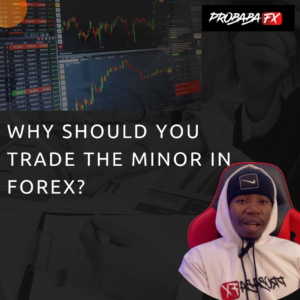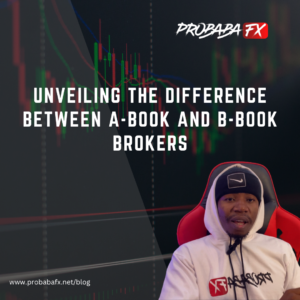It can be challenging to comprehend the numerous elements of the foreign exchange (FX) markets. However, you’ll find it simpler to create winning tactics if you have some understanding of their fundamentals, elements, and dynamics.
This thorough book covers every facet of the structure of the forex market, from the impacts of the central bank and economic factors to the many traders and charting tools.
Please get ready to learn everything you can about this complicated environment in order to improve your chances of making lucrative deals.
Participants in the Forex Market Structure
The biggest and most liquid financial markets worldwide are the foreign exchange and FX markets.
Participants in it include central banks, commercial banks, multinational businesses, retail traders, and institutional investors. It includes buying and selling currencies from other nations.
The significance of the Forex market to the world economy cannot be emphasized since it promotes international commerce and investment, both of which are essential for economic expansion.
The Central Bank and Government
One of the entities with the most sway in the FX market is the central bank. They are in charge of monetary policy and control the money supply in their respective nations, which has an impact on the value of currencies.
By changing interest rates and adopting programs for quantitative easing, the Federal Reserve Bank in the US, for instance, has a considerable influence on the value of the US dollar.
The Commercial Banks
In order to facilitate transactions and provide liquidity, commercial banks function as middlemen between buyers and sellers. In order to make money, they also trade speculatively. As an illustration, JPMorgan Chase & Co. is renowned for its extensive currency trading activities that result in large profits.
The multinationals
Due to their participation in cross-border transactions that require converting one currency for another, multinational firms play a key role in the forex market.
As a result, they frequently use hedging to reduce currency risk. For instance, Apple Inc. uses financial products like futures and options to hedge their exposure to currency risk.
The Retail Traders
A sizable chunk of the forex market is made up of small-scale or individual traders. They engage in profitable currency trading and frequently base their trading decisions on fundamental and technical analysis.
Through a variety of channels, including online brokers, retail traders may access the forex market. To conduct transactions and track price changes, for instance, a retail trader would use MetaTrader 4.
The Institutional Traders
Institutional investors in the forex market include asset management companies, pension funds, and hedge funds. They have a huge financial budget and use complex trading techniques, including algorithmic trading and high-frequency trading.
For instance, Bridgewater Associates LP, one of the biggest institutional investors in the world, has a sizable forex trading business.
Forex Market Structures of Different Types
The foreign exchange market is a dynamic and complicated environment that provides traders and investors with many possibilities to make money.
Different forms of Forex market structures can have an influence on traders’ market-participation trading methods. The following list includes some of the most typical structures used in the forex market:
Trending Market
A market that is trending one way may be recognized by its consistent and focused price movement. Traders in this market structure commonly use momentum indicators like moving averages to gauge the trend’s direction and execute trades properly.
An example of a trending market is the USD/CAD currency pair, in which the US dollar progressively appreciates in value relative to the Canadian dollar.
Ranging Market
In a ranging market, prices change but stay within the specified range. In this market structure, traders commonly identify entry and exit points using support and resistance levels.
A ranging market is one where prices fluctuate widely over a long period of time, such as in the EUR/GBP currency pair, where the exchange rate has been oscillating between 0.8400 and 0.8600.
Breakout Market
When prices exit a certain range or price level, a breakout market is created. Technical analysis is used by traders in this market structure to pinpoint important levels and foresee probable breakouts.
The currency pair AUD/USD, which crossed over a strong resistance level and started a fresh bullish trend, is an example of a breakout market.
Volatile Market
Rapid and large price changes are an indication of a volatile market, which is sometimes brought on by unanticipated news events or the publication of economic data. To control their exposure to risk in this market structure, traders frequently utilize stop-loss orders.
The GBP/USD currency pair during the Brexit referendum, which caused substantial price swings, might serve as an example of a turbulent market.
Sideways Market
Prices fluctuate in a small range with no discernible trend in a sideways market structure. Oscillators, such as the Relative Strength Index (RSI), are frequently used by traders in this market structure to spot overbought and oversold positions.
The USD/JPY currency pair, whose values have been largely constant for a considerable amount of time, might serve as an illustration of a sideways market.
Role of the Central Bank in Shaping the Forex Market Structure
Through a variety of strategies, such as monetary policy decisions, currency interventions, reserve management, and regulatory oversight, central banks play a significant role in determining the structure of the forex market.
Monetary Policy Decisions
Central banks have control over exchange rates and the value of their own currencies by establishing interest rates and modifying inflation objectives. For instance, when the Federal Reserve raises interest rates, the US dollar may become more appealing to investors and gain strength.
Exchange-rate interventions
The term “currency interventions” describes the activities taken by central banks to buy or sell their nation’s currency in the foreign exchange market.
This is done by central banks to control market imbalances or stabilise exchange rates. For instance, the Swiss National Bank interfered in the foreign currency market in 2011 by setting a minimum exchange rate of 1.20 Swiss francs to the euro in order to prevent the franc’s value from increasing excessively in relation to the euro.
Reserve Management
By maintaining foreign exchange reserves, central banks may tame market volatility and lessen the effect of unforeseen crises or shocks.
For instance, China has the largest foreign exchange reserves in the world, which gives it considerable control over the exchange rates of important currencies like the US dollar and the euro.
Regulatory Control
The goal of central banks is to make sure market players abide by laws, including capital adequacy rules and reporting obligations.
To prevent currency speculation and defend the economy of their nation, they may also impose restrictions on foreign exchange transactions.
Effects of Major Economic Events on the Structure of the Forex Market
Major economic events have the potential to significantly change the forex market’s structure and have an impact on currency prices. Here are a few instances of significant economic occurrences and how they affected the currency market.
Interest Rate Decisions
Interest rates are a tool that central banks utilize to curb inflation and boost the economy. When a central bank boosts interest rates, it frequently draws in foreign investment, which results in an increase in the value of the native currency.
On the other hand, when interest rates decrease, the currency often weakens.
Because of the COVID-19 epidemic, for instance, the US Federal Reserve dropped interest rates to almost zero in March 2020. As a result, the value of the US dollar decreased relative to other important currencies like the euro and yen.
Gross Domestic Product (GDP)
GDP, a crucial indication of economic health, calculates the value of all products and services generated in a nation. While a sluggish GDP might result in a weaker currency, it frequently causes a stronger one.
As an illustration, the Indian rupee declined versus the US dollar in 2019 as GDP growth in India slowed to a six-year low of 4.5%.
Inflation Data
Central banks regularly track inflation, which gauges how quickly the cost of goods and services is rising. Greater interest rates and a stronger currency can result from greater inflation, whereas lower inflation can result in lower interest rates and a weaker currency.
For instance, the Turkish currency depreciated in value in 2018 as a result of Turkey’s high inflation rate of over 20%.
Trade Data
Currency values can also be influenced by trade statistics, including balances of payments and trade deficits. A country has a trade deficit when it buys more goods and services than it exports, which might cause its currency to weaken.
For instance, in 2018, the US trade deficit with China hit a record high, which caused the US dollar’s value to decline relative to the Chinese yuan.
Political Events
Elections and geopolitical tensions are examples of political events that might have an influence on the FX market.
The British pound, for instance, suffered a severe decline in value versus other important currencies in 2016, such as the US dollar and the euro, as a result of the uncertainty surrounding the UK’s future relationship with the EU.
Global market downturns continued until September 2022, mostly as a result of macroeconomic problems, including inflation brought on by energy price increases and rising interest rates. The market collapse was also influenced by the political turbulence caused by the Russian-Ukrainian conflict.
Changes in Technology and the Structure of the Forex Market
The structure of the forex market has been greatly changed by technological developments, which have altered market dynamics and market players’ behavior.
Several significant instances of how various technical advancements have affected the FX market are shown below:
Electronic Trading Platforms
ECNs, usually referred to as electronic trading platforms, have revolutionized how traders access the forex market. Prior to the development of electronic brokers and trading platforms, the majority of deals in the forex market were carried out over the phone or via other conventional methods.
These days, traders may make orders online using a computer or a mobile device. This has improved pricing transparency and transaction execution efficiency.
Algorithmic Trading
In algorithmic trading, computer programs use predetermined rules to automatically place trades. This has grown in popularity on the forex market since it enables traders to complete deals quickly and consistently.
Additionally, it makes it possible for traders to profit from minute price changes that are hard to detect manually.
High-Frequency Trading
High-frequency trading, or HFT, is algorithmic trading that involves processing a large number of deals quickly. To make split-second choices and execute trades at breakneck rates, HFT depends on high-performance computer technology and low-latency connections.
HFT has drastically decreased transaction costs and improved market liquidity, raising questions about the fairness and stability of the market.
Big Data and Analytics
Trading professionals can analyze enormous data sets to spot market trends and patterns thanks to big data and analytics techniques. Decision-making can be enhanced, and trading methods can be informed by this knowledge.
As traders want to get an advantage over the competition and stay ahead of market trends, big data and analytics have grown in importance in the forex market.
Mobile Trading
With the use of mobile trading applications, traders may now access the forex market from any location with an internet connection. Retail traders now have easier access to trading, and broker rivalry to provide better mobile trading interfaces has intensified as a result.
Additionally, real-time trade execution is now possible even while traders are away from their workstations, thanks to mobile trading.
Frequently Asked Questions on the Forex Market Structure
What is forex trading?
The foreign exchange market, sometimes known as forex, is where you can trade currencies from all around the world. With daily trading volume exceeding $5 trillion, it is the biggest and most liquid market in the world.
Forex trading includes purchasing one currency while concurrently selling another to benefit from the difference in their exchange rates. The most common currency pairs are EUR/USD, USD/JPY, and GBP/USD.
What major factors have the most impact on the forex market?
The forex market is influenced by a number of variables, such as interest rates, inflation, political stability, economic performance, and world events. Since they have power over the economy’s money supply and interest rates, central banks frequently have the biggest effects on the FX market.
As these might indicate prospective changes in the market, traders also closely monitor economic statistics, including GDP growth, employment rates, and consumer price index (CPI) data.
What various forex orders are there?
To purchase or sell currencies at particular prices, traders utilize Forex orders. Market orders, limit orders, stop orders, and trailing stops are the four most typical forms of forex orders. A market order is carried out instantly at the going rate of the market. In contrast, a limit order enables traders to designate the highest or lowest price at which they are prepared to purchase or sell a certain currency.
Stop orders restrict losses; however, trailing stops let traders lock in gains by altering their stop-loss level when the market shifts in their favor.
What is forex trading leverage?
Leverage is a technique that traders can use to take over more significant holdings than their original investment would permit. For instance, a trader with a leverage ratio of 1:100 essentially controls $100,000 worth of currency with a $1,000 investment.
Leverage can boost earnings, but it also raises the possibility of losses. To prevent losing more money than you can afford, it’s crucial to handle leverage carefully and have a sound risk management plan.
What are some typical forex trading tactics for newcomers?
Trend following, breakout, and range trading are a few well-liked forex trading tactics. The difference between breakout trading and trend following is that the latter seeks out price moves that go beyond important support or resistance levels.
Range trading is spotting market consolidation zones and purchasing at the lower and selling at the upper ends of the range. Other tactics include day trading, scalping, and position trading, each with its own benefits and drawbacks.
Higher highs and higher lows in forex: what are they?
A bullish market trend is indicated in forex trading by higher highs and higher lows. Higher highs happen when the price of a currency pair hits a new high that is higher than the prior high.
Higher lows happen when the price of a currency pair hits a low that is higher than the low it previously hit.
Both of these patterns show that buyers are prepared to pay more for the currency pair, which points to a strong rise.
Traders frequently use these patterns as a cue to open long positions in an effort to benefit from the currency pair’s ongoing upward trend.
What do retail market makers in forex do?
Brokers that serve as counterparties to their customers’ deals rather than executing them on a centralized exchange are referred to as retail market makers in the forex industry. The spread between the bid and ask prices is how these brokers make money.
Retail market makers often provide modest initial deposits, leverage, and simple access to the forex market on trading platforms.
However, given that they trade against their customers and have incentives to make sure they lose money, they could be exposed to conflicts of interest.
When choosing a broker, retail forex traders should conduct a thorough investigation and be aware of the hazards involved.
What time frame is ideal for trading forex?
Your trading technique and personal tastes will determine the ideal time period for FX trading. There are four major categories of time frames:
Scalping
This entails carrying out a large number of quick, everyday deals. For traders who want to generate modest profits on a number of deals, this is a common strategy.
Day Trading
Opening and closing a position on the same day constitutes this. Day traders frequently utilize hourly or 15-minute charts, which are shorter-term charts.
Swing Trading
Holding roles for a few days to a few weeks is required for this. Longer-term charts, such as daily or weekly charts, are frequently used by swing traders.
Position Trading
Positions must be held for several days, months, or even years in this situation. Monthly charts are a common example of the longer-term charts that position traders utilize.
Traders could open long bets in bullish markets to fuel the market’s ascent. Trades may profit from the trending down in short positions during gloomy markets.
Comprehensive research must be done before placing any transactions because different time periods might display distinct market patterns.
Conclusion
Successful trading requires an understanding of the FX market’s structure. Although the structure of the forex market might be complicated, you can navigate this dynamic industry by looking at price trends and employing risk management techniques.
Understanding the fundamentals will set traders up for enormous success in their trading endeavors, from terminology to liquidity to risk.
Without a doubt, keeping up with changes in this dynamic industry is difficult, but it is possible with enough preparation and practice.
If you struggle or want to understand Forex’s market structure better, contact ProbabaFX for professional guidance and support from experienced experts. We can provide you with the knowledge necessary to best prepare yourself for navigating these high-risk monetary waters.
Let’s milk it.
Follow on Instagram: @probabafx
Follow on Instagram: @probabafxacademy
Youtube: Probabatv
Email for Business Inquiries: info@probabafx.net
#forextrading #forexmarketstructure #forextrader #probabafx




